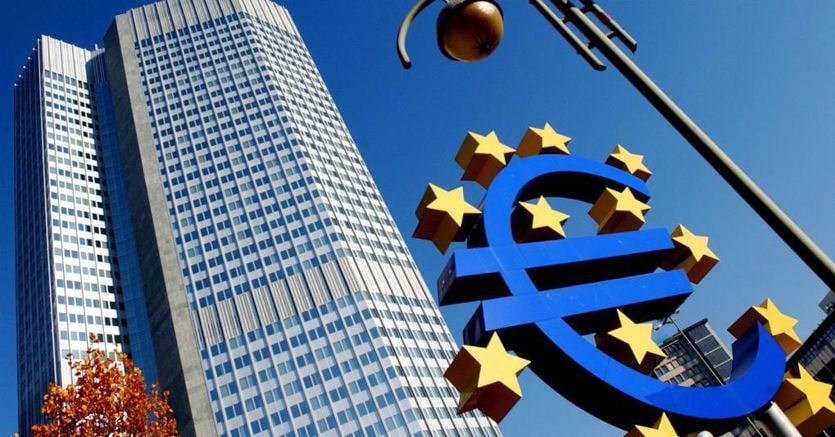Shopping ends on July 1st. First rate hike, from 25 basis points, at the next board meeting on 21 July. Second increase in September, but of dimensions not yet defined, “will depend on the revised inflation outlook”: an increase of at least 50 basis points may be necessary “if the inflation outlook persists or worsens”. Then we will continue with a gradual but sustained squeeze. The new maneuver of the European Central Bank, unanimously decided by the June council, which was held in Amsterdam, is all summarized in the official statement, released before the press conference.
There is also a shield against the increase in spreads, but only partially. A reinvestment of the maturing securities is envisaged which, as regards the securities purchased under the Pepp pandemic program, can be carried out in a flexible way “in the event of a renewed fragmentation of the market linked to the pandemic”, and not for other, various considerations. A way of avoiding, obviously, a moral hazard, an opportunistic behavior, on the part of governments.
However, in several parts, in the press release, reference is made to flexibility as a fundamental element of monetary policy in the event that the chain of transmission of central bank decisions is damaged, and the excessive widening of spreads is certainly one of these factors. The yields of government bonds, the least risky, are in fact the “floor” of bank rates and all financial rates; To go too far from it, for a country, means to have a more rigid grip than elsewhere.
The tightening will continue until forecast inflation returns to the 2% target. The projections, which have been revised, point to an average of 6.8% in 2022, 3.5% in 2023 and 2.1% in 2024 – with core inflation of 3.3% in 2022, 2.8% in 2023 and 2.3% in 2024 (therefore higher than the overall index). This is a sign of a price increase that is not only persistent but also broad, generalized and at a level, explained the press release, “undesirably high” (and above target), while inflation expectations, which are starting to aiming higher than 2%, require “careful monitoring”. In March, inflation for 2024 was forecast at 1.9 percent.
The first objective is evidently – it has been recalled several times in the past – is the neutral level of rates, not directly observable, and which was quantified in nominal 1% -2% by the governor of the Banque de France François Villeroy de Galhau. However, ECB President Christine Lagarde explained at a press conference, “it was deliberately decided not to discuss the issue”. The elusiveness and variability of that level, which has above all an analytical value, evidently advised against giving indications that would have been read as a political objective.
–


